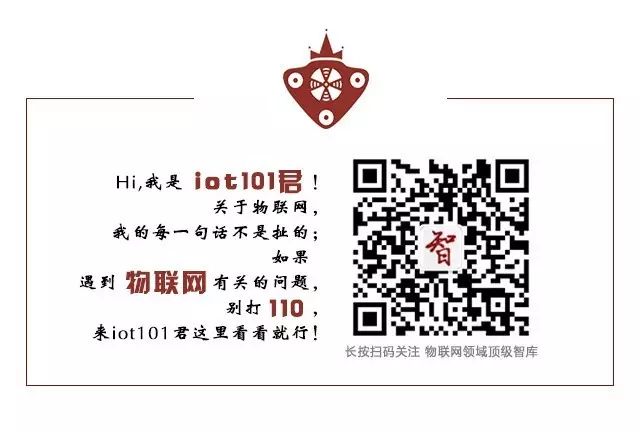
Source: Sensor Technology
Organized and published by IoT Think Tank
Please indicate the source and origin when reprinting
—— 【Guide】 ——
In the era of the Internet of Everything, sensors are one of the most critical components.
In the era of the Internet of Everything, sensors are one of the most critical components. Generally, the Internet of Things is structurally divided into three parts: the perception layer, the network layer, and the application layer. Among them, the perception layer serves as the source of data transmitted by the network layer and the basis for calculations in the application layer, playing a crucial role. The important components that make up the perception layer are various sensors.
Sensors can be classified into different categories based on different criteria. For example, based on the non-electric physical quantities being measured, they can be divided into pressure sensors and temperature sensors, etc.
Based on how non-electric physical quantities are converted into electrical physical quantities, they can be divided into energy conversion types (which do not require additional energy input during operation) and energy control types (which require additional energy input during operation), among others. Additionally, they can be classified based on manufacturing processes, such as ceramic sensors and integrated sensors.
We will start from various non-electric physical quantities and review the commonly used sensors in the field of the Internet of Things.
1Distance Sensor
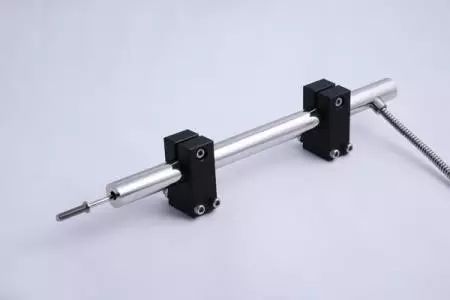
Distance sensors can be divided into optical and ultrasonic types based on the pulse signals emitted during measurement. The principles of both are similar; they send pulse signals to the object being measured, receive reflections, and calculate the distance to the measured object based on time delay, angle difference, and pulse speed.
Distance sensors are widely used in smartphones and various smart lighting devices, allowing products to respond differently based on the varying distances during user interaction.
2Light Sensor
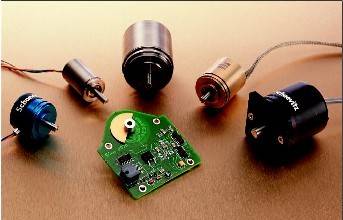
The working principle of light sensors is to utilize the photoelectric effect, converting the intensity of ambient light into electrical signals through photosensitive materials. Depending on the type of photosensitive material, light sensors can be classified into various categories and sensitivities.
Light sensors are primarily used for monitoring ambient light intensity in electronic products. Data shows that in general electronic products, the power consumption of displays accounts for more than 30% of the total power consumption; therefore, adjusting the brightness of the display based on changes in ambient light intensity has become a crucial energy-saving method. It can also intelligently make the display effect softer and more comfortable.
3Temperature Sensor
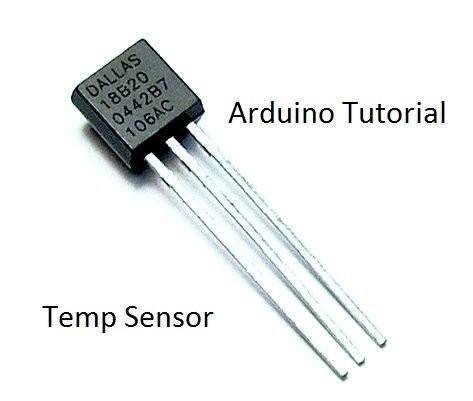
Temperature sensors can be roughly divided into contact and non-contact types. The former involves direct contact with the object to measure temperature changes via temperature-sensitive elements, while the latter detects the intensity of infrared radiation emitted from the object at a distance to calculate temperature.
Temperature sensors are mainly applied in smart insulation and environmental temperature detection, among other temperature-related fields.
4Smoke Sensor
Smoke sensors, based on different detection principles, commonly use chemical detection and optical detection.
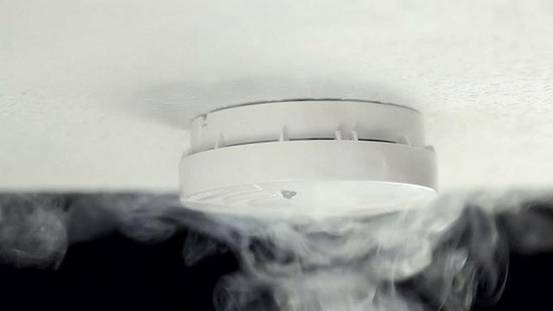
The former utilizes radioactive Americium-241, where the movement of positive and negative ions generated in an ionized state creates stable voltage and current under the influence of an electric field. When smoke enters the sensor, it affects the normal movement of the ions, resulting in changes in voltage and current, which can be calculated to determine smoke intensity.
The latter uses photosensitive materials, where light normally fully illuminates the photosensitive material, generating stable voltage and current. However, when smoke enters the sensor, it disrupts the normal illumination of the light, causing fluctuations in voltage and current that can also indicate smoke intensity.
Smoke sensors are mainly used in fire alarms and safety detection fields.
5Heart Rate Sensor
Common heart rate sensors primarily utilize the sensitivity of blood changes to specific wavelengths of infrared light. Due to the periodic beating of the heart, blood flow and volume in the measured blood vessels change regularly, and after noise reduction and amplification of the signal, the current heart rate can be calculated.
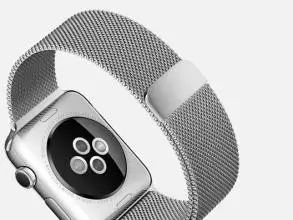
It is worth mentioning that due to differences in skin tones, the same heart rate sensor may experience varying strengths of infrared light penetrating and reflecting from the skin, leading to measurement discrepancies.
Generally, the darker a person’s skin tone, the harder it is for infrared light to reflect back from the blood vessels, thus increasing the impact on measurement accuracy.
Currently, heart rate sensors are mainly used in various wearable devices and smart medical equipment.
6Angular Velocity Sensor
Angular velocity sensors, sometimes referred to as gyroscopes, are designed based on the principle of conservation of angular momentum. A typical angular velocity sensor consists of a rotor that can rotate at the axis center, reflecting the direction of motion and relative position information through changes in angular momentum.
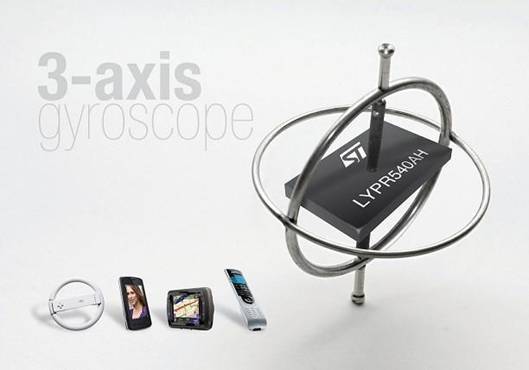
Single-axis angular velocity sensors can only measure changes in a single direction; therefore, a system that measures changes in the X, Y, and Z axes typically requires three single-axis angular velocity sensors. Currently, a common 3-axis angular velocity sensor can replace three single-axis sensors and has advantages such as small size, light weight, simple structure, and good reliability, making various forms of 3-axis angular velocity sensors the main development trend.
The most common application of angular velocity sensors is in smartphones, where popular mobile games like Need for Speed use them to create interactive modes for car movements. In addition to smartphones, angular velocity sensors are widely used in navigation, positioning, and AR/VR fields.
In addition to the sensors mentioned above, other common sensors in the Internet of Things include pressure sensors, acceleration sensors, humidity sensors, fingerprint sensors, and more. Although their working principles differ, they fundamentally operate on the same principle, which is to convert the measured quantity into electrical quantities through light, sound, materials, and chemical principles, with many undergoing specific upgrades and expansions based on particular fields.
Since their invention during the industrial era, sensors have played a crucial role in production control and measurement. Just like human eyes and ears, as carriers of information reception in the Internet of Things, sensors are positioned at the forefront of the important perception layer and are expected to experience rapid development with the popularization of the Internet of Things.

Previous Hot Articles (Click on the title to read directly):
-
《Understanding Cognitive Computing, Blockchain IoT, and IoT Security… Those Who Understand Will Control the Future》
-
《On Trump’s Inauguration Night, the Tycoon Holding the Industrial IoT Ace is Already Laughing in His Mansion》
-
《KUKA, ABB, FANUC, Yaskawa, Four Major Industrial Robot Giants Have Long Been Stationed in the IoT Field》
-
《[Heavyweight] A Comprehensive Report on the IoT Industry Landscape, Pioneering a Two-Dimensional Perspective of the Domestic IoT Industry》
-
《A Cartoon Explains: Besides WiFi and Bluetooth, What Can the Recently Booming NB-IoT Do?》
-
《A Cartoon Explains: Behind NB-IoT, What is the LoRa Everyone is Talking About?》
